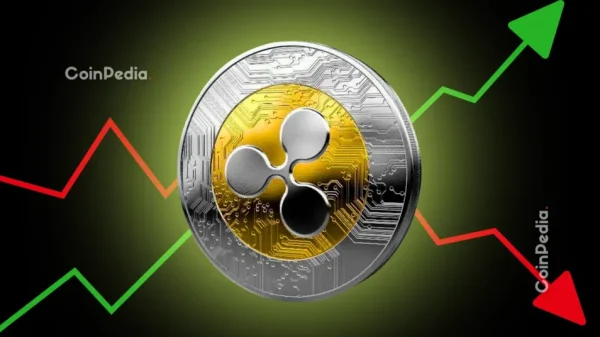
The world is mired in $315 trillion of debt, according to a report from the Institute of International Finance.
This global debt wave has been the biggest, fastest and most wide-ranging rise in debt since World War II, coinciding with the Covid-19 pandemic.
“This increase marks the second consecutive quarterly rise and was primarily driven by emerging markets, where debt surged to an unprecedented high of over $105 trillion—$55 trillion more than a decade ago,� the IIF said in its quarterly Global Debt Monitor report released in May.
Around two-thirds of the $315 trillion owed originates from mature economies, with Japan and the United States contributing the most to that debt pile.
However, the debt-to-GDP ratio for mature economies — which is seen as a good indicator of a country’s ability to service its debts — has been falling in general.
On the other hand, emerging markets held $105 trillion in debt, but their debt-to-GDP ratio hit a new high of 257%, pushing the overall ratio up for the first time in three years.
China, India and Mexico were the biggest contributors, the report noted.
The IIF identified stubborn inflation, rising trade friction and geopolitical tensions as factors that could pose a significant risk to debt dynamics, “putting upward pressure on global funding costs.�
“While the health of household balance sheets should provide a cushion against ‘higher for longer rates’ in the near term, government budget deficits are still higher than pre-pandemic levels,� the IIF added.
Of the $315 trillion debt stock, household debt, which includes mortgages, credit cards and student debt, among others, amounted to $59.1 trillion.
Business debt, which corporations use to finance their operations and growth, stood at $164.5 trillion, with the financial sector alone making up $70.4 trillion of that amount. Public debt made up the rest at $91.4 trillion.

































